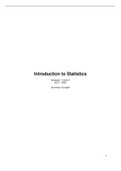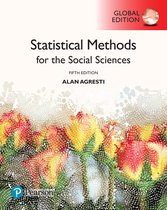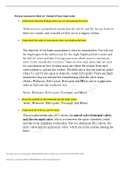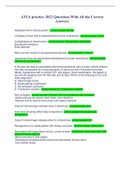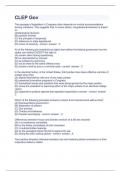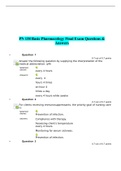Samenvatting
Summary Introduction to Statistics (AY) UvA English
- Instelling
- Universiteit Van Amsterdam (UvA)
A comprehensive summary of the course Introduction to Statistics (In English) with a table of contents at the front to keep the overview. All given chapters are summarised and so are all lectures.
[Meer zien]
